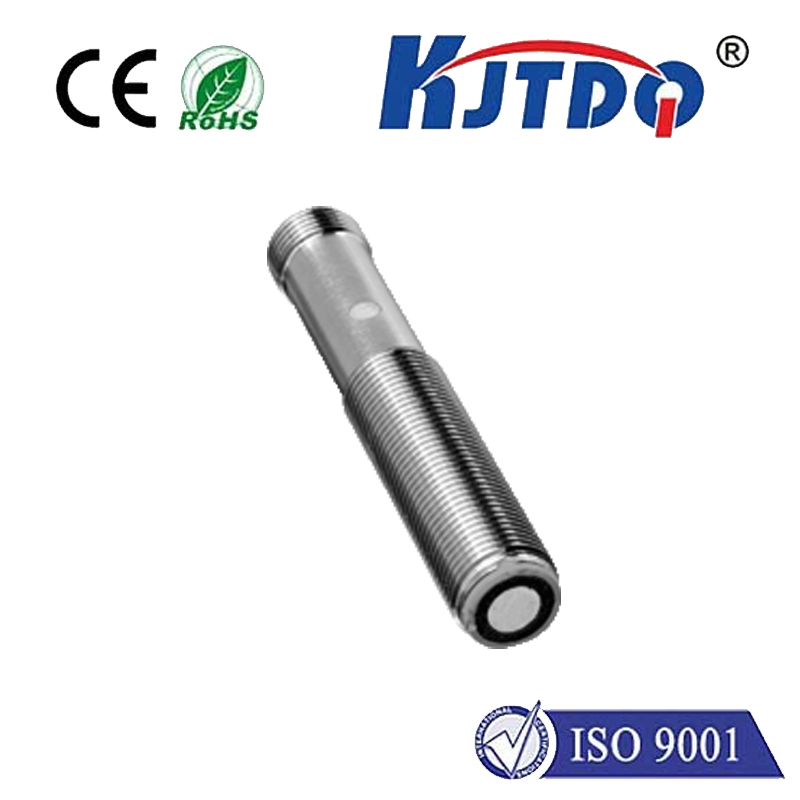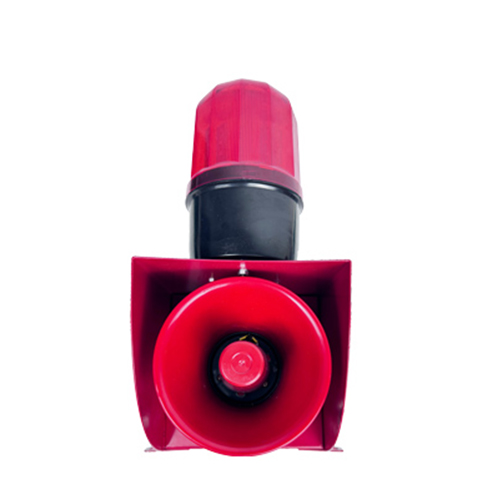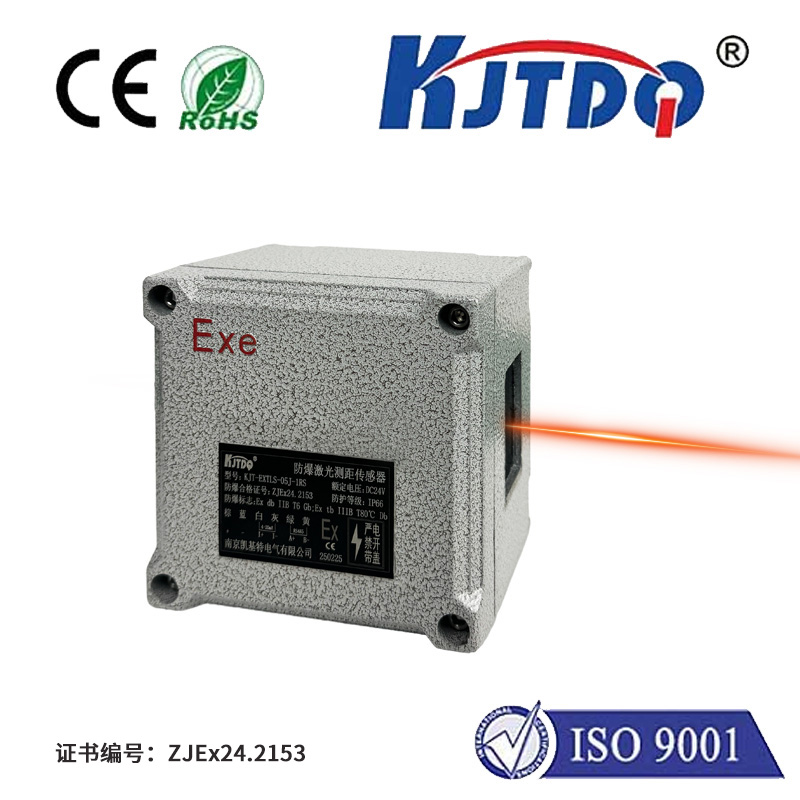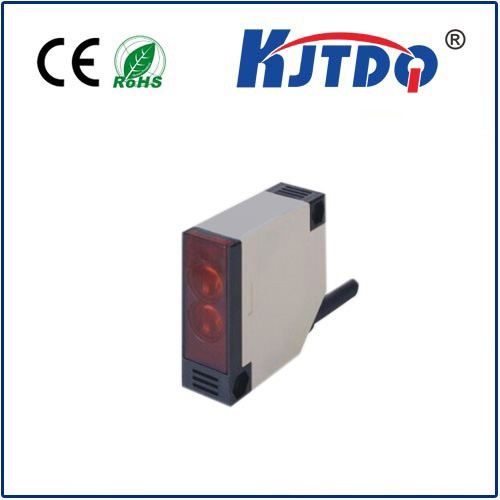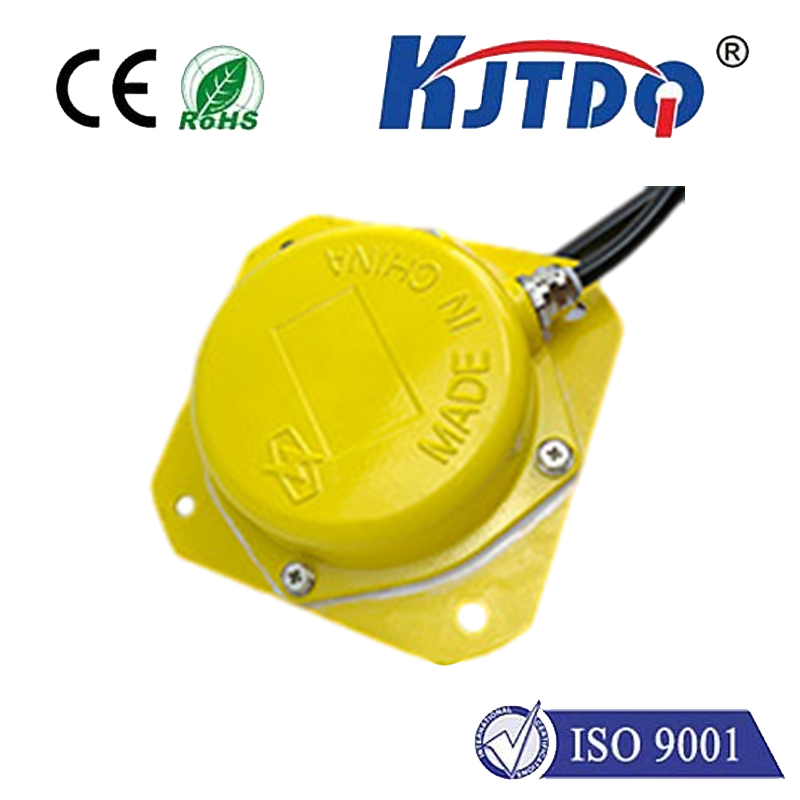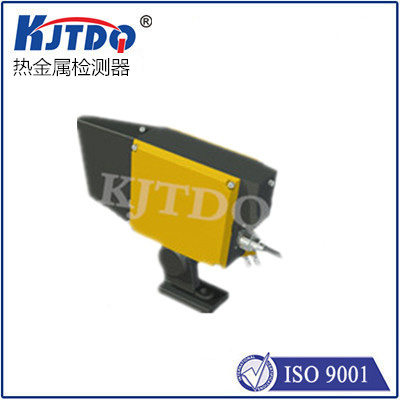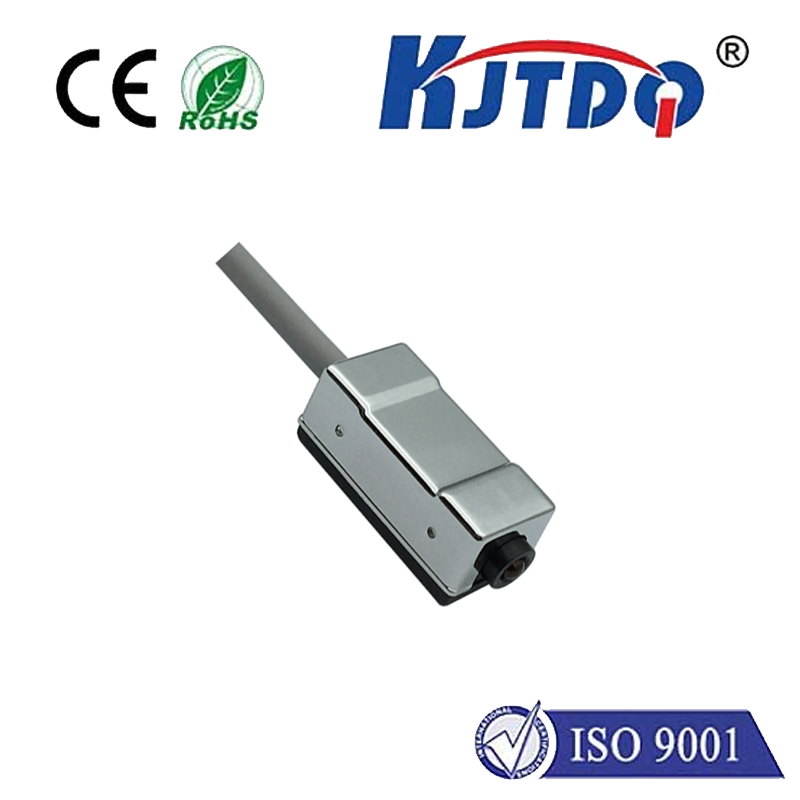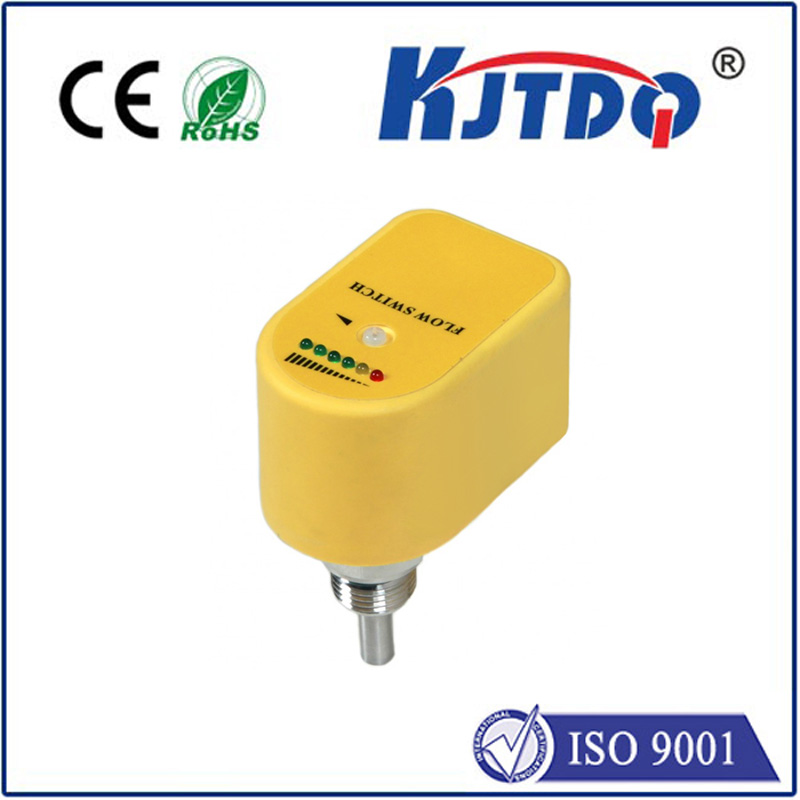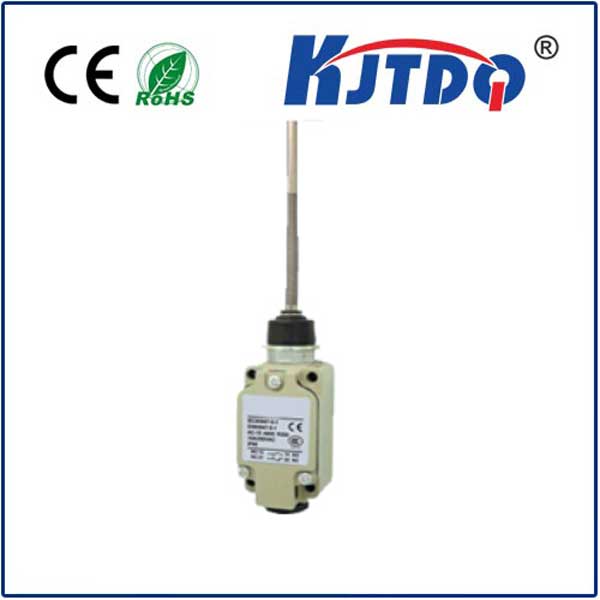

check

check

check

check

check

check

check

check

check

check
Temperature measurement is ubiquitous, from ensuring your smartphone doesn’t overheat to guaranteeing the precise thermal conditions in an industrial reactor. While dedicated sensors like thermistors and RTDs dominate, a fascinating phenomenon occurs within a fundamental electronic component: the diode. This leads to the intriguing concept, often termed a temperature diode. But what exactly is it, and how does this everyday device become a tool for measuring heat?
Essentially, a “temperature diode” refers to the intrinsic temperature-dependent characteristics of semiconductor diodes or, more specifically, to diodes deliberately designed or utilized primarily for their thermal sensing properties. Unlike a standard diode used for rectification or signal switching, its behavior changes predictably with temperature. This predictable change becomes the key to unlocking its use as a thermal sensor.
The Physics Behind the Heat: Voltage Drops and Temperature
The core principle rests on the relationship between a diode’s forward voltage drop (Vf) and its junction temperature. When a constant, small forward current flows through a silicon diode, something remarkable happens: the forward voltage decreases as the temperature increases. This isn’t random noise; it’s a highly linear and predictable characteristic over a significant temperature range, typically suitable for applications from roughly -50°C to +150°C.
This phenomenon arises from the behavior of charge carriers (electrons and holes) within the semiconductor material. As temperature rises:
These effects combine to mean that, for a fixed current, less energy (manifested as a lower voltage) is required to push carriers across the junction. This negative temperature coefficient (around -2 mV/°C for silicon diodes) is the heart of the temperature sensing capability.

The PN Junction Diode as a Dedicated Sensor
While standard rectifier diodes exhibit this behavior, specialized silicon diode temperature sensors are optimized for this role. These sensors are designed with:
Using a diode temperature sensor involves a relatively simple circuit. A constant current source provides a stable, small excitation current (often 10 µA to 1 mA). The resulting forward voltage drop across the diode is then measured precisely. Using the known temperature coefficient (or a calibration equation/model), the measured voltage is converted directly into a temperature reading.
Why Choose a Temperature Diode Sensor? Key Advantages
Compared to other common thermal sensors, diode-based sensors offer several compelling benefits:
Applications in the Real World: Where Temperature Diodes Shine
The unique blend of linearity, stability, simplicity, and cost-effectiveness makes silicon diode temperature sensors ideal for numerous applications:
Temperatures Measured: Beyond the Diode
It’s important to distinguish “temperature diode” as a colloquial term. Technically, a standard diode isn’t measuring temperature by itself; it’s a transducer whose electrical property changes with temperature. The measurement happens when an external circuit interprets the change in Vf and converts it into a temperature value. True “Temperature Sensor ICs” often integrate the diode, excitation current source, signal conditioning, analog-to-digital conversion, and a digital interface (like I2C or SPI) into a single package, providing a direct digital temperature readout. These integrated devices are incredibly popular and leverage the fundamental diode thermal sensing principle internally.
Limitations and Considerations
While highly useful, diode temperature sensors aren’t perfect for every scenario:
Conclusion: A Fundamental Phenomenon, Practical Applications
The “temperature diode” concept brilliantly illustrates how a fundamental electronic component’s inherent properties can be repurposed for a critical sensing task. By harnessing the predictable shift in forward voltage drop with junction temperature, silicon diodes transform into reliable, linear, cost-effective, and easy-to-use temperature transducers. From safeguarding the processors in our pockets to optimizing complex industrial processes, these versatile thermal sensors demonstrate the enduring power of semiconductor physics applied to solve real-world problems. Their simplicity and wide applicability ensure they remain a vital tool in the engineer’s temperature measurement toolkit.
